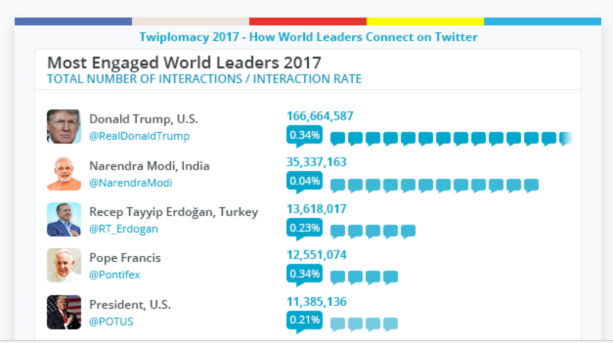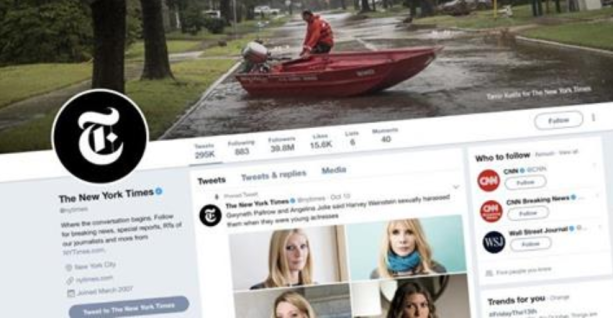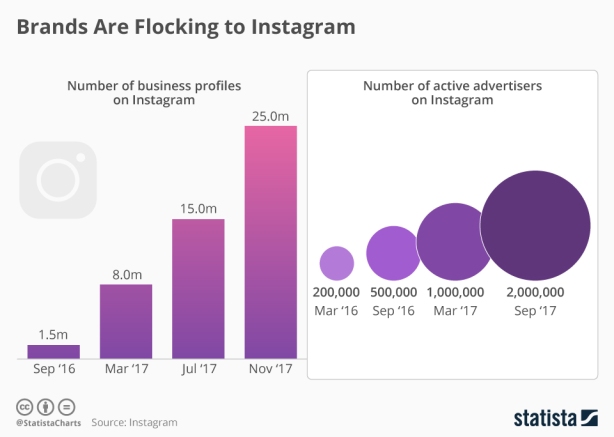 Having passed the 800 million user mark in September, Instagram recently passed another milestone on its quest to become a platform that connects brands with customers. As the company announced last week, there are now more than 25 million business profiles on Instagram, up from 15 million in July. Considering that Instagram only launched these profiles along with other business tools in June 2016, these numbers clearly indicate that brands are embracing Instagram as a new way to connect with consumers. And it appears to be working: as of March 2017, 80 percent of Instagram’s users followed a business, and in November, 200 million Instagrammers visited a business profile every day.
Having passed the 800 million user mark in September, Instagram recently passed another milestone on its quest to become a platform that connects brands with customers. As the company announced last week, there are now more than 25 million business profiles on Instagram, up from 15 million in July. Considering that Instagram only launched these profiles along with other business tools in June 2016, these numbers clearly indicate that brands are embracing Instagram as a new way to connect with consumers. And it appears to be working: as of March 2017, 80 percent of Instagram’s users followed a business, and in November, 200 million Instagrammers visited a business profile every day.
Getting businesses on board is a crucial stepping stone to monetizing a platform such as Instagram, because it increases its acceptance among professionals and its attractiveness to advertisers. As of September 2017, Instagram had two million active advertisers per month – a tenfold increase since March 2016. See “Brands are flocking to Instagram”.


 Having passed the
Having passed the 
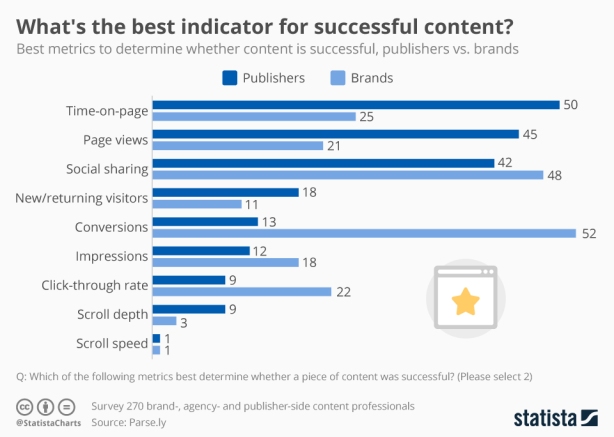
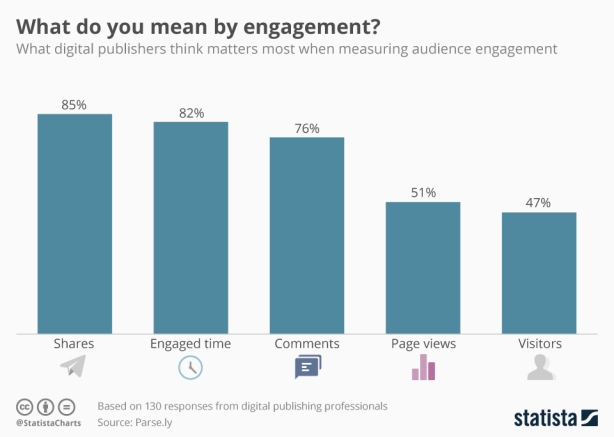

 Social media tools are now indispensable for politicians, including world leaders. For an analysis of how world leaders use social media, see this
Social media tools are now indispensable for politicians, including world leaders. For an analysis of how world leaders use social media, see this 